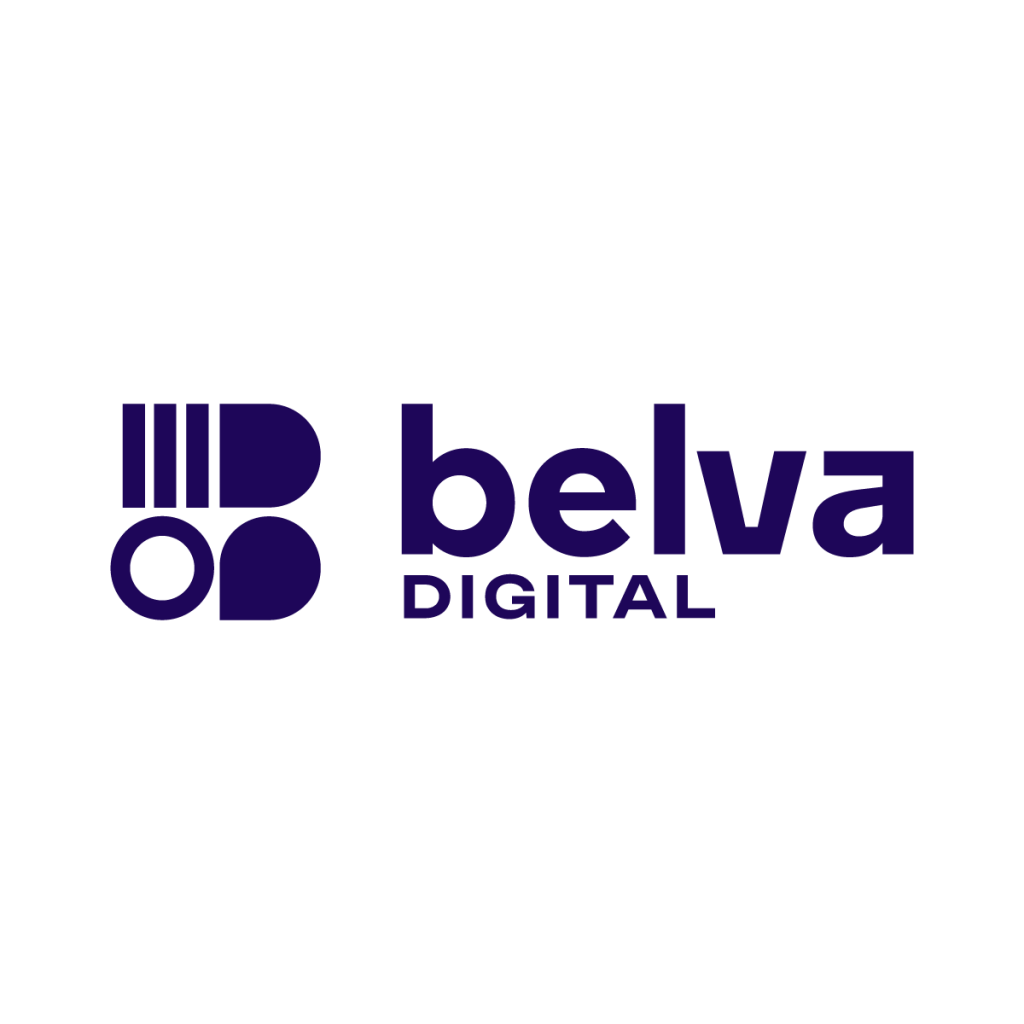This week, the WWW awoke to the news of the Heartbleed bug which has got everyone running up and down fixing their side of the Web. Meanwhile, Twitter made the new look profile official and began rolling it out. Here are more of the week’s happenings in the digital space.
The Heartbleed Bug
According to the Heartbleed bug website, “The Heartbleed Bug is a serious vulnerability in the popular OpenSSL cryptographic software library. This weakness allows stealing the information protected, under normal conditions, by the SSL/TLS encryption used to secure the Internet. SSL/TLS provides communication security and privacy over the Internet for applications such as web, email, instant messaging (IM) and some virtual private networks (VPNs).”
In a nutshell, the Heartbleed bug allows attackers to exploit the vulnerability of some OpenSSL software to basically implement attacks like eavesdropping, stealing data and impersonations. While some online businesses have maintained that their customers’ data is safe, some have taken steps to apply patches. Google and Buffer, for instance, have asked users to implement the two-step verification process just to be sure.
New Look Twitter Profile
It has landed on a lot of profiles, with Twitter asking you if you like how it looks or not. The first thing you notice is how similar it is to Facebook, especially the arrangement of the cover and profile photo. The new Twitter profile is rolling out to everyone gradually. New features include pinned tweets (you get to pin a tweet of your choice to the top of the page), best tweets (tweets with a high engagement will have a larger font) and filtered tweets (choose what kind of tweets you want to see on other profiles from Tweets, Tweets with photos/videos, or Tweets and replies).
Also, Twitter is rolling out web notifications where you will receive real-time notifications if you are logged in to twitter.com.
New Look Facebook Ads

Klout and Buffer head to head
Klout and Buffer released iOS 7 app upgrades for their almost similar goals of helping users find and schedule content throughout the day without being on social networks all day. Although Klout had an app, it was not content-oriented at all. It just showed a person’s Klout score. Looks like content is getting a lot of attention out there, ey? Android versions are coming soon.
New Twitter Ads
Twitter announced this week that it will debut 15 types of new ad products and improved ways to target users over the next six months. This is to add to the already existing Ad products – promoted tweets, promoted accounts and promoted trends. The new set of Ads will allow users to download apps or shop online right from their Twitter feeds.

If well executed they will certainly boost Twitter’s revenue. At this point, we can only ask Twitter not to submerge the organic feed with promotional messages and to extend its advertising platform to include African countries.
Marketing in a Multiscreen World
According to Millward Brown’s 2014 AdReaction Report, Smartphones are now the most used screen globally and in Kenya as well. Locally, daily screen use per person is 174 minutes, 132 minutes, 65 minutes and 33 minutes for smartphones, TV, laptop, and tablets respectively. With strong daytime use, smartphones are good for delivering and consuming information and participating in conversations and trends. 66% of users use one device at a time, and 34% simultaneously. You have probably watched your favorite show and picked your smartphone to tweet about it, or checked your Facebook feed on your laptop with the TV mute.
The report goes on to state that offline media heavily drives online behavior. 14% of multiscreen users will go online to follow up on a TV Ad, 22% will want to interact with what is happening on TV, 32% to discuss with their connections on social media and 41% search for more information on what is on TV. With these numbers, you can shape your next marketing campaign to include a link to your website or social media page on your TVC. Hashtags are ideal too. Think connected!









